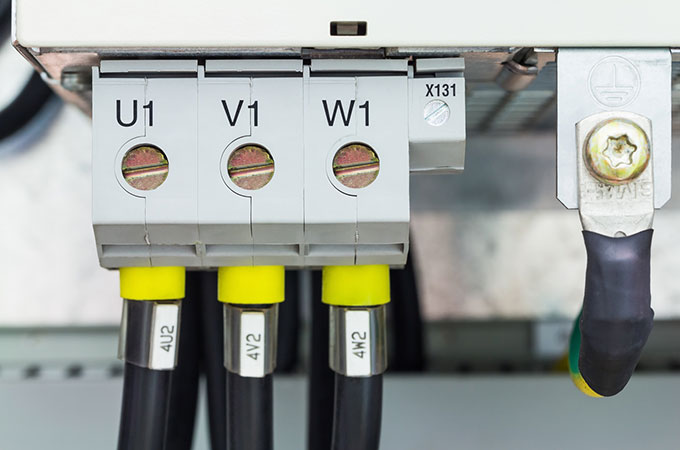In the world of baby clothing, comfort is paramount. Every parent seeks the softest, gentlest fabrics to cradle their little ones in coziness and care. This quest for ultimate softness has led to a game-changing innovation in the textile industry—hydrophilic softeners. Let's explore how these revolutionary compounds are redefining softness in baby clothing, ensuring not just comfort but also practical benefits for both babies and parents.
A Gentle Embrace for Delicate Skin
The Sensitivity of Baby Skin
Baby skin is delicate, sensitive, and prone to irritation. As parents, choosing clothing that is not only adorable but also safe for their baby's skin is a top priority. Hydrophilic softeners offer a solution by providing a gentle and non-irritating touch that helps maintain the natural balance of a baby's delicate skin.
Softness Beyond Compare
Unlike traditional fabric softeners, hydrophilic softeners go beyond surface-level softness. They penetrate the fibers, creating a fabric that feels not just soft but almost weightless against the baby's skin. This redefined softness is a game-changer in the world of baby clothing, offering a level of comfort that parents and caregivers appreciate.
Moisture Management for Happy Babies
Wicking Away Moisture
One of the standout features of hydrophilic softener is their ability to wick away moisture. Babies are known for their unpredictable behaviors, including sudden bursts of activity and, of course, occasional spills. Hydrophilic softeners help keep the baby's clothing dry by efficiently managing moisture, making them an excellent choice for parents who want to keep their little ones comfortable and happy.
Breathability for Temperature Control
Babies may not be able to express it verbally, but their discomfort is often communicated through fussiness. Hydrophilic softeners enhance the breathability of fabrics, allowing air to circulate freely. This breathability helps in temperature regulation, ensuring that babies stay cozy without overheating—a crucial factor in promoting better sleep and overall well-being.
Sustainable Softness for Eco-Conscious Parenting
Environmentally Friendly Choices
For environmentally conscious parents, the sustainability factor of baby clothing is a significant consideration. Hydrophilic softeners align with eco-friendly practices, as they can be used in the production of organic and sustainable fabrics. This allows parents to make choices that are not only soft on their baby's skin but also gentle on the planet.
Durable Softness, Less Laundry
Hydrophilic softeners contribute to the longevity of baby clothes. The softness they impart withstands multiple washes, reducing the need for frequent replacements. This durability not only saves money but also reduces the environmental impact associated with the production and disposal of baby clothing.
Choosing the Best for Our Little Ones
The Joy of Dressing Baby in Softness
As parents, the joy of dressing a baby in irresistibly soft clothing is unparalleled. Hydrophilic softeners have brought a new level of luxury to baby wardrobes, making the act of dressing and cuddling with a baby an even more delightful experience.
A Soft Start to a Lifetime of Comfort
In conclusion, the use of hydrophilic softeners in baby clothing represents a soft start to a lifetime of comfort. These innovative compounds are not just transforming the textile industry but also redefining the standards of softness that we expect for our little ones. As parents seek the best for their babies, hydrophilic softeners stand out as a gentle and practical choice, ensuring that every snuggle, nap, and playtime is wrapped in softness redefined.
 English
English 日本語
日本語 한국어
한국어 français
français Deutsch
Deutsch Español
Español italiano
italiano русский
русский português
português العربية
العربية tiếng việt
tiếng việt
